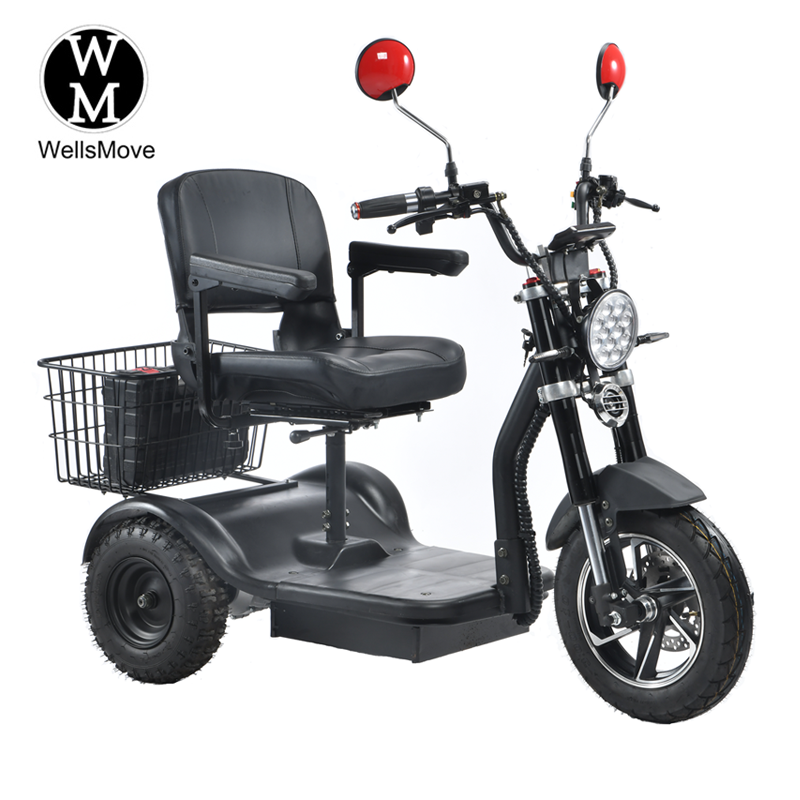Mobility scooters are becoming increasingly popular as a means of transportation for individuals with reduced mobility. These electric devices can significantly improve the quality of life of people who have trouble walking or mobility. However, when it comes to mobility scooters, there’s a common question: can they be used on the road? In this blog post, we’ll explore the various factors that determine whether an electric scooter is legal to use on the road.
Legal Considerations:
The legality of using a mobility scooter on the road varies from country to country, and even from state to state or jurisdiction to jurisdiction. In some places, mobility scooters are classified as medical devices and are only allowed on sidewalks and sidewalks. This is because they are designed for limited speed and may not have the necessary features to ensure safety on busy roads.
On the other hand, some countries or states have specific regulations that allow mobility scooters to be used on designated roads. However, certain conditions must be met in order to legally operate mobility scooters on the road. These conditions often include having a valid driver’s license, insurance coverage and following specific safety requirements, such as having lights, mirrors and a maximum speed limit.
Road Traffic Safety:
Even when mobility scooters are legally permitted on the roads, it is critical to assess their safety implications. Mobility scooters are primarily designed for use on sidewalks, which means they may not have the necessary features to ensure visibility and protection in fast-moving traffic environments. The lack of protective structures such as seat belts or airbags could make users more prone to accidents.
Additionally, e-scooters are often limited in speed, which could pose a safety risk when sharing the road with faster vehicles. It is important for users to be aware of their surroundings, follow traffic rules and be cautious when driving on the road.
Public perception:
Another aspect to consider when using a mobility scooter on the road is public perception. Some may view e-scooter users as an obstacle or nuisance on the road, seeing their slow speed as a hindrance. It is important for mobility scooter users to be considerate and respectful of other road users and to make their intentions clear in traffic.
Alternative options:
If e-scooters are deemed unsuitable for road use, there are other options. Many cities offer accessible public transportation services, such as buses or trains, specially designed for people with reduced mobility. These options may be safer and more convenient for long-distance travel or when traveling through areas of heavy traffic.
The decision to use a mobility scooter on the road ultimately depends on local laws and regulations, as well as individual comfort, ability and safety considerations. While some jurisdictions allow e-scooters on the road, safety must be prioritized and awareness of potential challenges that may arise. Whether using mobility scooters on the road or exploring alternative transportation options, the aim is to enhance mobility and improve the overall wellbeing of individuals with reduced mobility.
Post time: Aug-07-2023



